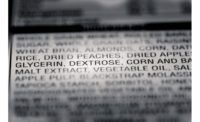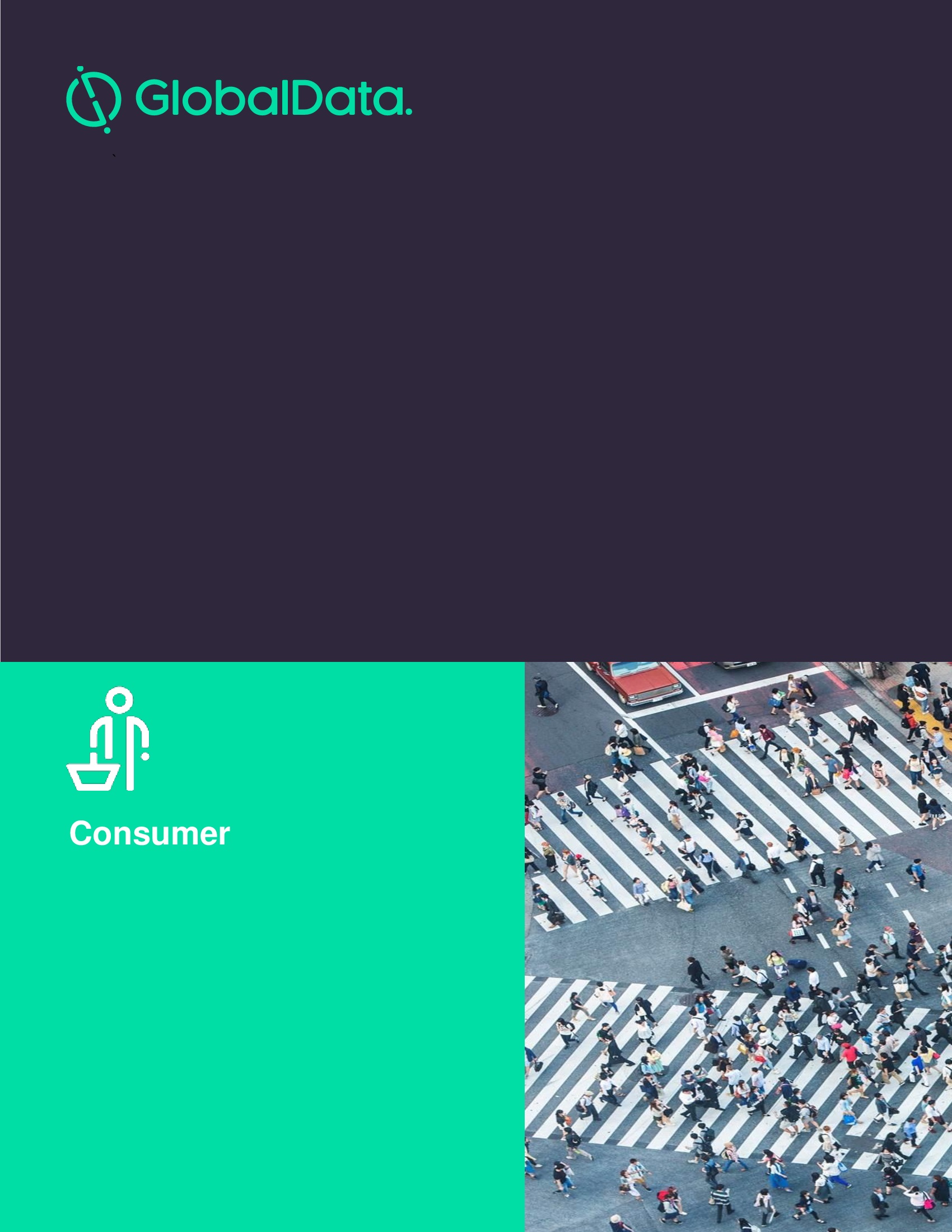Still Not Good Enough?
by Dan Malovany
Either you’re living a charmed life or something’s wrong with you if you’re not just a wee bit apprehensive about the state of the industry this year. Rising commodity, energy, packaging, and benefits costs, among others, are at troubling, if not scary levels. In fact, the single biggest challenge facing bakers and snack food producers is how to most effectively pass on some of these costs without losing out to some low-balling competitor.
However, the business climate is still much better than it was two years ago. Bread is back, and Atkins Nutritional is just a shell of what it used to be. And yes, the whole grain train is on track, and the health and nutrition movement has gone primetime to a consumer base that has more spare tires than a Mac truck. Still, it’s no time to get complacent and say that everything’s fine. That’s because study after study shows that consumers don’t walk the walk when it comes to diet and exercise.
A recent study by London-based Tate & Lyle, for example, shows that 76% of adult Americans surveyed believe a balanced diet constitutes healthy eating, but just 33% follow such a diet. Most consumers recognize what constitutes healthy eating, the study reports, but they don’t do it because either there still are not enough good-tasting options or they pale in comparison to those yummy but fattening alternatives.
Even the bread industry, which has raised the bar on taste and quality during the past two years, can do much better, according to a study of quick-serve restaurant (QSR) consumers by Gerards Bakery, a specialty bakery based in Longmont, Colo.
In fact, 79% indicated that bread and rolls at QSR chains could be better, 68% noted that QSRs had only “basic” quality bread and rolls, and 72% complained about the limited variety.
In many ways, the survey confirmed what company officials expected, but some of the results caught them by surprise, says Hank Haer, Gerards’ vice president of sales and marketing.
“The percentages really threw us off,” he explains. “Three quarters of the people said [the quality] is adequate, but it’s really not what they were looking for. Or people were settling for what is out there.”
For Gerards, which touts itself as “the custom bread company,” the findings indicate a potential opportunity to team up with fast-food and sandwich producers to create fresher, most wholesome and higher-quality products that whet consumers’ whistles.
“It dovetailed into where we should be, which is creating unique bread and roll offerings for the trade,” Haer says. “The sales program that we were developing was right on, and the research really proved that. If you take a look at the business today, it’s pretty lethargic when it comes to development. Let’s face it: Everyone wants to push off-the-rack product. Where we are coming from is, ‘Let’s create something different. Let’s set up our plants to be flexible enough to provide those products.’”
In fact, many flavored breads incorporate ingredients that already are on most sandwiches. Surveyed consumers also indicated they would pay more for sandwiches made with these breads.
“Cheese, garlic and onion are the top three flavors, in order,” Haer says. “Sure, they’ve been around for a long time, but they’ve always been in the sandwich and not in the bread. It’s still the mainstream flavors that people are looking for.”
Gerards, which is owned by a cooperative of family farmers, operates bakeries in Longmont; Livermore, Calif.; and Mount Airy, N.C. It plans to follow up with a second round of market research in April.
However, how can a mid-sized specialty bakery afford in-depth consumer research like the big guys in the food industry? The great equalizer is the Internet. Gerards and its agency — Manhattan Marketing Ensemble in New York — use Amplitude On-line, which has more than 2 million opt-ins to its network and qualifies leads with a questionnaire. It identified 900 consumers ages 18-64 as “qualified” and broke them down demographically, as well as into male and female shoppers, to get a good cross-reference of the American public. More than 700 of the qualified consumers participated in the survey.
“In the past, research has been just terribly expensive, just ridiculous,” Haer says. “But now, with online research, the cost is one-tenth of what it used to be.”
At that price, there’s no excuse not to do it. SF&WB







